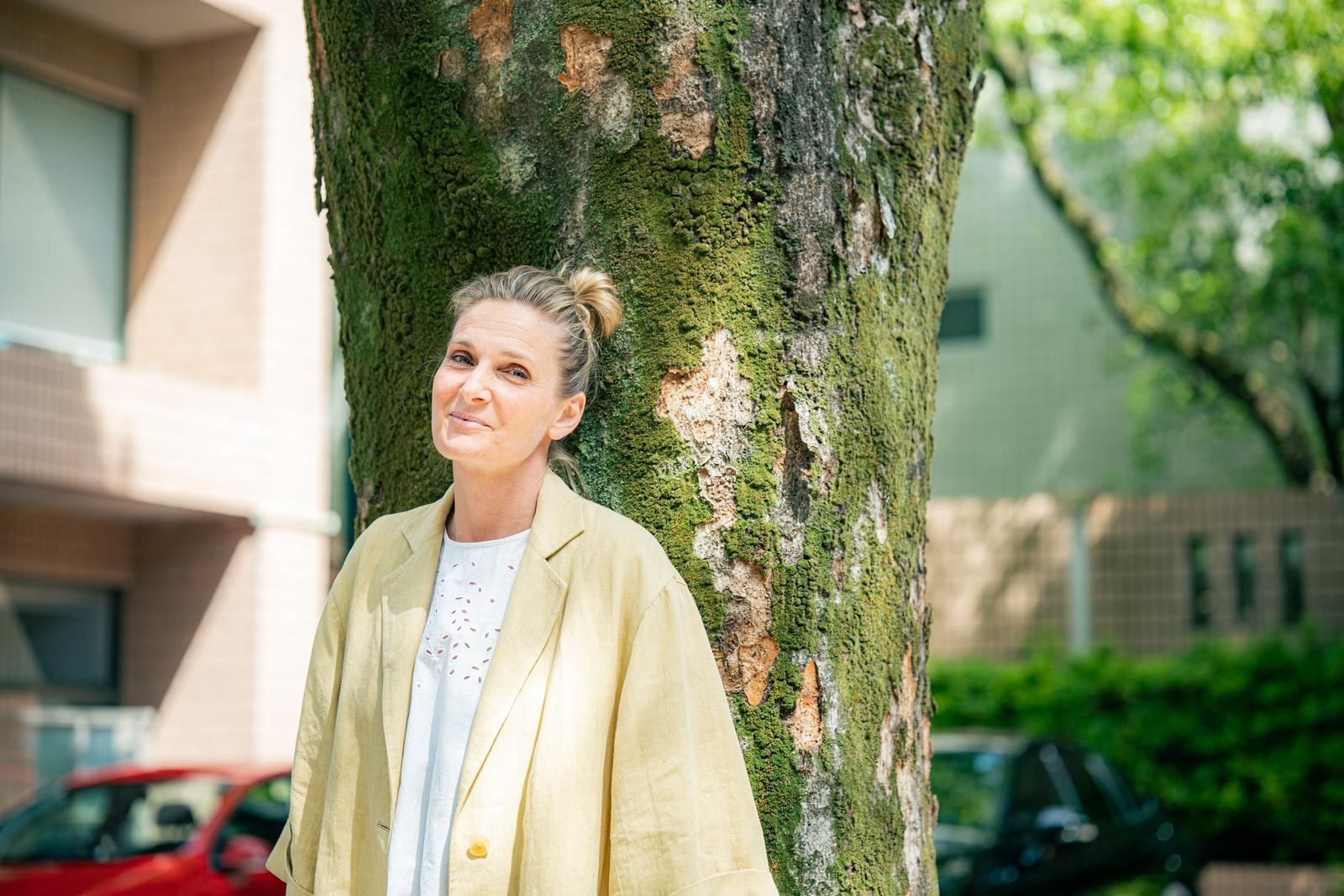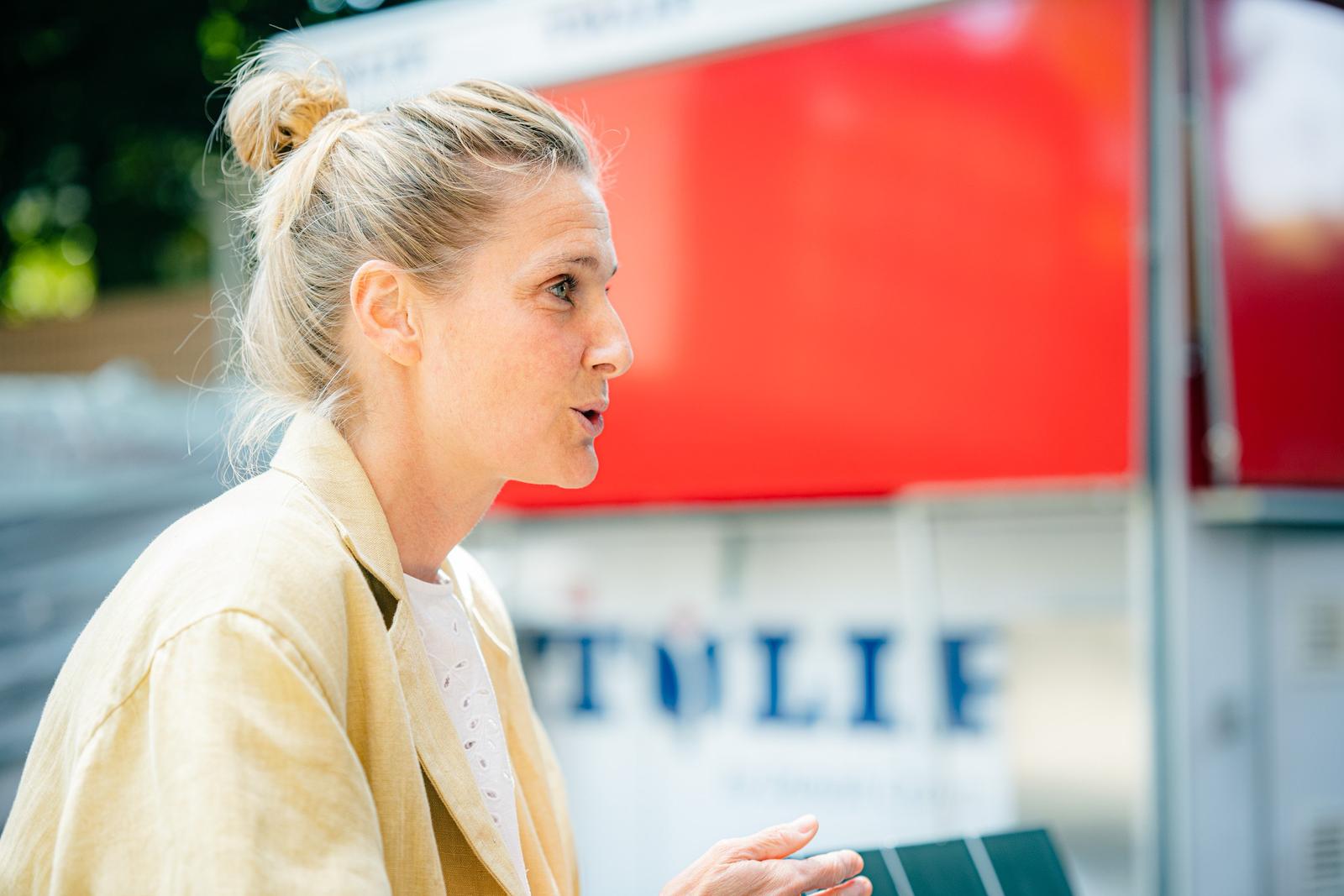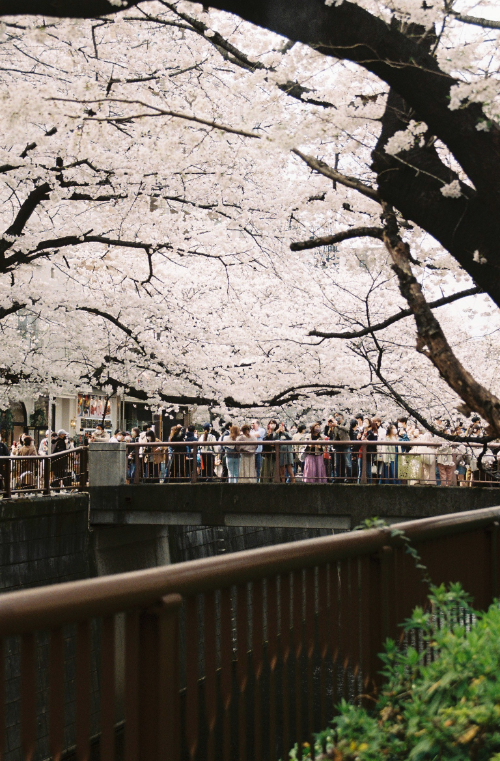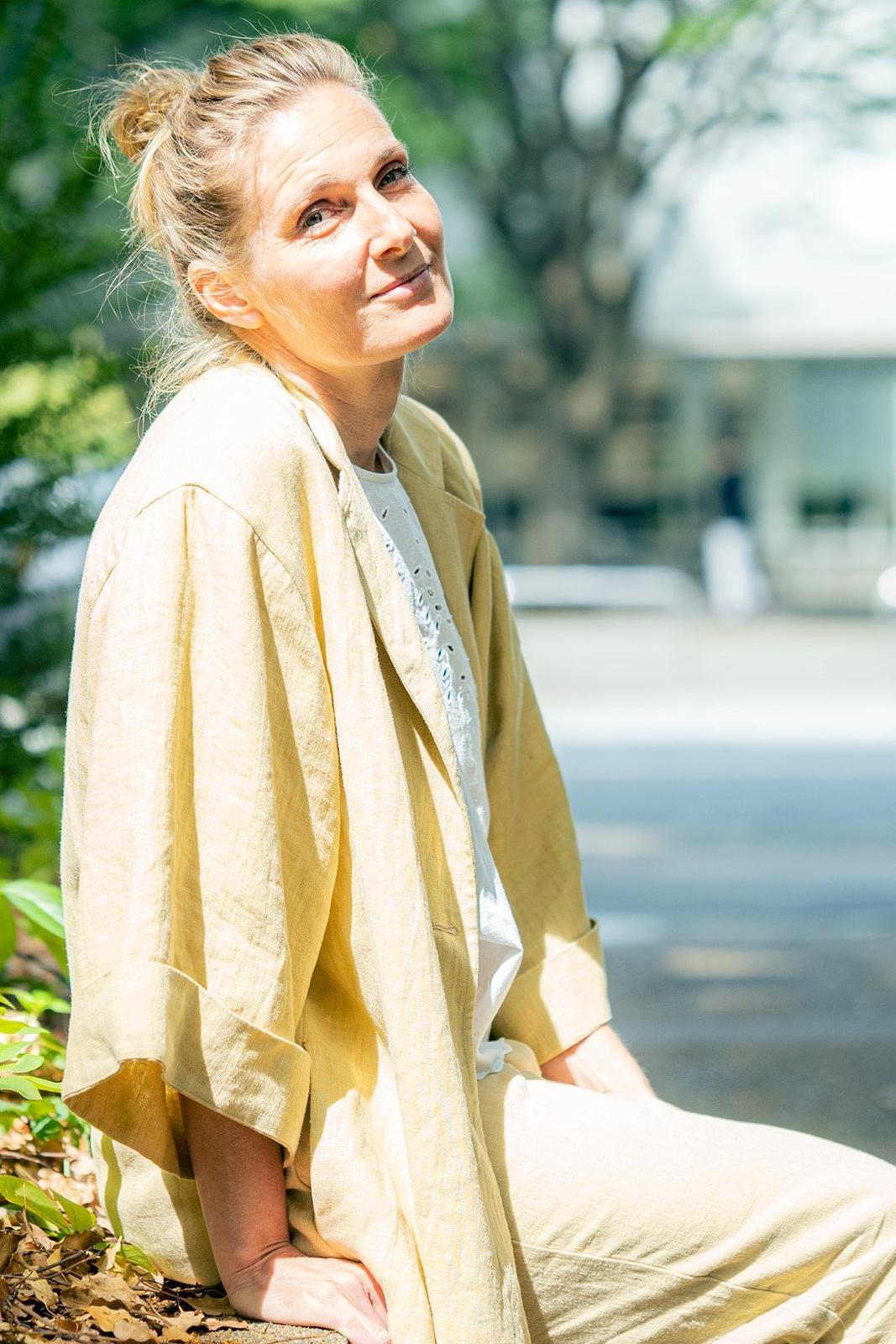Tokyo Embassy Talk:
Tokyo is Not an Urban Jungle, Marvels Danish Diplomat

— What do you love about living in Tokyo?
That people in Tokyo are so kind and helpful. My in-laws just visited and had on several occasions people offered their help. People are also so considerate in public spaces, for instance like not speaking on the phone when riding the train. This makes Tokyo a very comfortable place to live. Also, I brought my three teenage boys from Denmark who are quite noisy and clumsy in a Japanese context, and this makes me realize the differences between cultures.
Another important thing to consider as a parent is the security and safety in the city. We are not concerned for the boys at any time even after dark. Denmark is a very safe country, but I honestly feel that Japan is even safer. That safety allows you the freedom to move around Tokyo.

— You love traveling but also exploring Japan's capital. Where do you spend your time in Tokyo?
Tokyo is endless. Endless opportunities, nature, restaurants and cafes. It's really a continuous adventure. My husband is an urban planner and we love investigating different parts of the city together. In Tokyo, every neighborhood feels like its own little city because of its quirks in architecture and culture. You can go to a new neighborhood, get off at a new stop and you will see a completely new city opening in front of you. We live in Nakameguro, located south of Shibuya and I work in Daikanyama which are within walking distance, so naturally I explore these areas the most. I love doing my morning run around the Nakameguro River because it really allows you to experience the seasons within the city. And I really love the small cafes and restaurants along the river.
— You love being outdoors. Does Tokyo offer enough greenery and space?
Tokyo is the best of both worlds—you have the intensity and everything that a city offers but mountains and beaches are just a few hours out of the city. I think Tokyo itself is quite a green city that prioritizes trees and plants. I really don't think it's a concrete jungle. Of course, there is Yoyogi Park, but there are small pockets of greenery everywhere. Different small parks that I truly appreciate. There's even a little bit of urban farming in the small park in my neighborhood. You can really sense that the city values its green spaces.

— On the topic of greenery, you are passionate about Sustainable Development Goals (SDGs). Can you tell us more about that?
The green transition is a big priority for Denmark and we are diligently working on the sustainable development. The hearts and minds of the Danish population are in it and we are increasingly switching to green energy, bicycles, second-handgoods, eating, etc. I want to support that transition in Japan too.
What is also on the minds of people in Denmark is equality. Me and my husband teach our' sons to cook, clean, and wash their own clothes. These are very important skills that they must develop for as their future partners will expect them to have these skills.
You also see this trend here in Tokyo, maybe especially during COVID-19. I more frequently see fathers picking up their kids from daycare or school. It is a very positive development to witness an increasing number of fathers taking part in family life and actively caring for their children.
<Home Country Hints>
Q1. Which cities in your country do you recommend people visit at least once?
Copenhagen in the summer is one of the best places. Especially, when the weather is nice—which is never guaranteed. Danes take full advantage of long summer evenings and water is warm enough (at least for us) to go swimming. People go swimming in the morning before work, all year round—and during the summer it is difficult to find a vacant spot along the large canal.
People are relaxed and informal and will get off their bicycles in the middle of the city if they find a beautiful spot. Such as a little park or a bench with a ray of sun. They'll have a beer or a coffee with friends, chat and hang out. This way of enjoying life is wonderful about Copenhagen.
Q2. What`s your favorite word in your native language?
Hygge. Honestly, I think the word came out of the very long and dark winters in Denmark. We spend a lot of time at home and that's why we care deeply about the space—home needs to be a nice space. This is why we care about furniture design so much. We light candles or snuggle around an open fire if possible during the winter. The focus on quality in our homes also comes from the fact that we rarely eat out, but instead cook together with friends and family in each others home. Hygge is an atmosphere you can create in, a space where you feel comfortable, at ease and can enjoy time with friends and family. This is why quality design in our homes is so important to us.
Dinna Aamand Hansen
https://japan.um.dk/en
Photos (portraits) by Umeda Naoki





